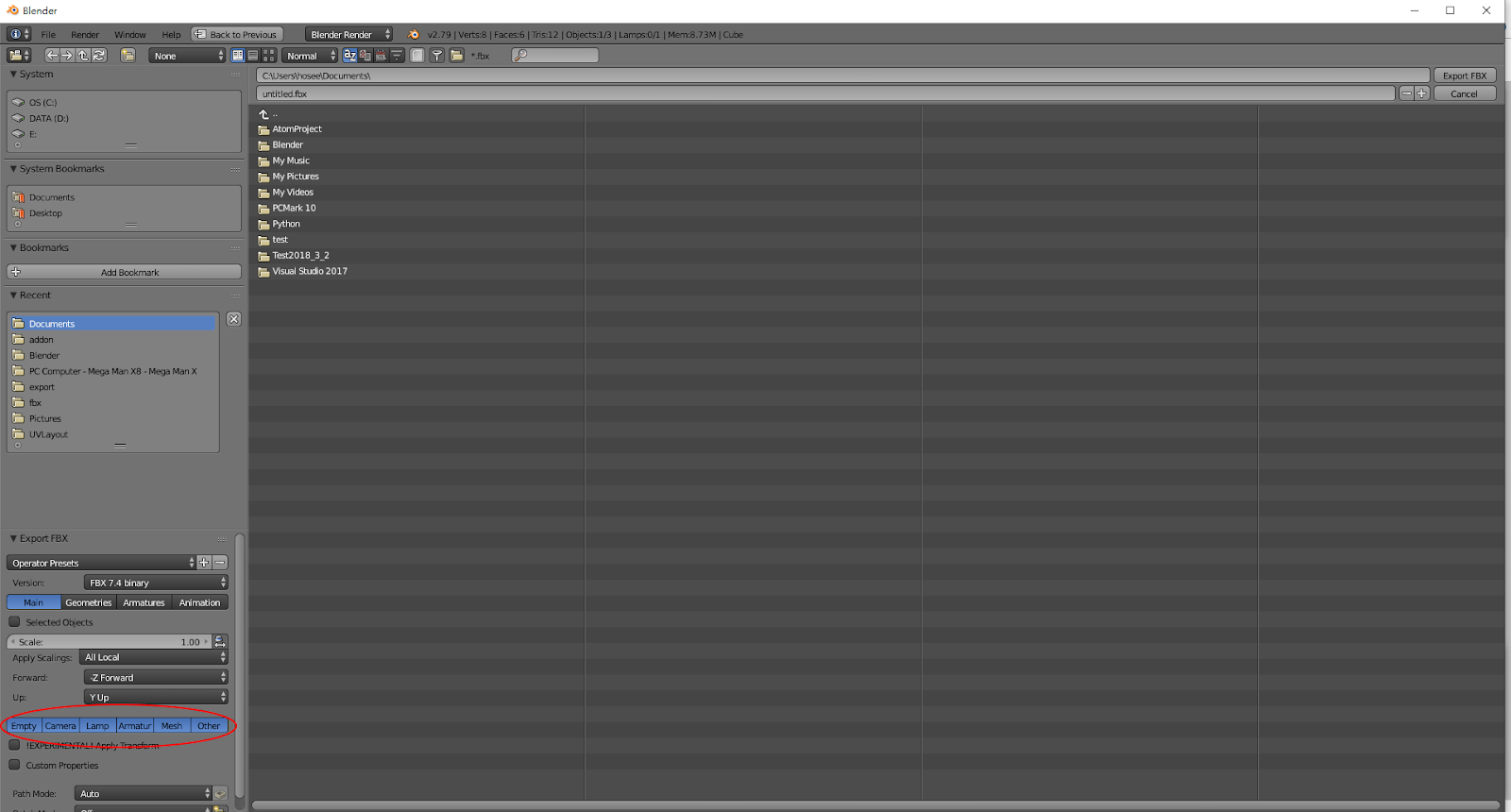
HEX FIEND OSX CODE
Viewing and Editing Hexadecimal Code on macOS This helpfully separates the values into byte-length strings, making it easier for humans to parse. When an entire document is processed as hexadecimal, the values are shown as pairs, such as FF A0 2D CE. The leading 0x characters only indicate the number system. Since hex, binary, and octal can all look the same at first glance, this reserved prefix avoids confusion and reduces error.įor example, 0x2FF0C4 describes a hexadecimal address in memory equivalent to a binary value of 0010 1111 1111 0000 1100 0100 and a decimal value of 3,141,828. These characters label the following values as hexadecimal. When writing hexadecimal values, the characters 0x may begin the value. Conventions for Reading and Writing Hexadecimal Values
HEX FIEND OSX SERIES
By writing hexadecimal values as a series of pairs, you can easily “chunk” a file’s binary data into bytes. In hexadecimal, that’s 00 through FF, respectively. That’s equivalent to one byte with sixteen possible values. Examine the table below to see the equivalencies.Ĭombine two hexadecimal numbers, and you can express eight bits of information. If you remember your binary, you’ll know that half a byte has exactly eight possible values – the same number of values a hex digit can have. If you are familiar with binary, you can read the example below to see the relationship.Įach hexadecimal digit expresses four binary digits. Thanks to the larger number space, multiple binary digits can be expressed in a single hex digit. Hexadecimal uses a base 16 number system instead of binary’s base 2. Basically, humans can read hex easily, while computers can read binary easily.In computing, hexadecimal provides a more concise way to represent binary values. Reading binary isn’t so easy, but that’s how all computer code is compiled. Why does hexadecimal exist? It provides a different, more “human readable” way to understand computer code.

Reading binary isn’t easy, which is where hexadecimal becomes useful.

If you want to read the actual bits in a file instead of an applications interpretation of those bits, you have to interpret patterns of 1s and 0s to try and understand it. You want to try and fix the file, which means you need to open up the file and look at the actual binary digits that make up the file. Let’s say you’ve got a corrupted file on your computer.


 0 kommentar(er)
0 kommentar(er)
